Origins
Everllence (former MAN Energy Solutions) and the former MAN Group as a whole can be traced back to two business startups. The initial foundation stone was laid in 1758 with the establishment of the St Antony ironworks, the nucleus of the iron and steel industry in the Ruhr region. This developed into Gutehoffnungshütte (GHH for short), a stock corporation for mining and metallurgical operations in Oberhausen in 1873, following numerous mergers with other steelworks.
The Sander’sche Maschinenfabrik, founded by Ludwig Sander, was established in Augsburg in 1840. After several mergers, it became Maschinenfabrik Augsburg-Nürnberg (M.A.N.) in 1908.

Facts
Good to know
Foundation of the St Antony ironworks in Oberhausen
Foundation of the Sander’sche Maschinenfabrik in Augsburg
Milestones
- 1787 – Construction of Germany’s first (horse-drawn) railroad, the Rauendahler Kohlenweg
- 1814 – First steam engine
- 1857 – First compressor
- 1893 to 1897 – Development and construction of the world’s first diesel engine together with Rudolf Diesel
- 1897 – Müngsten Bridge
- 1904 – First turbo compressor, first steam turbine, first large-scale diesel power plant
- 1912 – First sea-going ship ‘Selandia’ with diesel propulsion
- 1915 – Truck construction begins
- 1923 – The world’s first vehicle diesel engine with direct injection
- 1932 – The world’s most powerful diesel truck at 150 hp/110 kW
- 1938 – Diesel tractor production starts
- 1951 – Germany’s first exhaust gas turbocharger for trucks with power increase of 35%
.jpg?sfvrsn=cc8985b6_3)
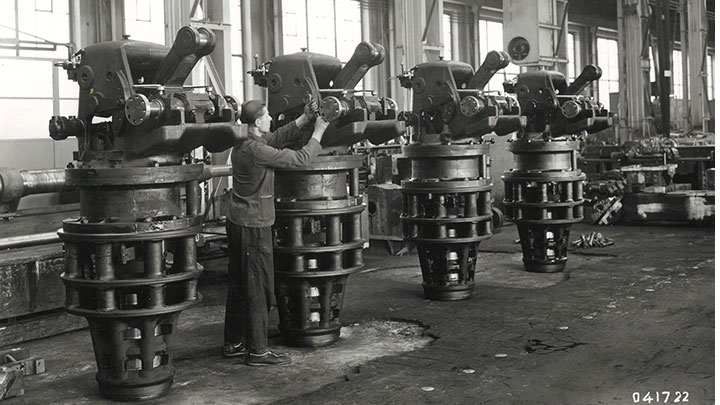
- 1977 – Largest elevator system in the world for Danish hospital
- 1981 – Europe’s first solar farm
- 1982 – First two-stroke large diesel engine with over 50% efficiency
- 1987 – The world’s largest diesel-electric drive for a civilian ship
- 1998 – Construction of the magnetic rings for the world’s largest electromagnet for CERN
- 2003 – Compressor train for the world’s largest gas-to-liquids (GTL) plant)
- 2013 – MAX1 axial compressor market launch
- 2018 – Two-stroke dual-fuel MAN B&W ME-LGIP engine concept for liquefied petroleum gas (LPG) operation
- 2021 – Takeover of Quest One
- 2022 – Market launch of the new MAN 49/60 four-stroke engine family
- 2023 – Provision of three RG compressor trains for the Dutch “Porthos” project for CO2 capture, utilization, and storage
- 2023 - First high-speed four-stroke engine Everllence 175D ready for operation with 100 % biofuel
Rudolf Diesel: Inventor of the diesel engine
The collaboration between Rudolf Diesel and Maschinenfabrik Augsburg began more than 130 years ago. The result: A revolutionary new combustion engine. By agreeing to support this invention both financially and technically until it was ready for the market, the then General Director, Heinrich von Buz, showed great entrepreneurial courage. No other manufacturer was as convinced by Diesel’s idea or recognized its global potential. The invention of the diesel engine represents the most significant and best-known technological change in Everllences’s history to date – a change that would have never come about without Heinrich von Buz’s foresight. Everllence still demonstrates this foresight today. ‘Moving big things to zero’ focuses on solutions for decarbonizing the global economy and outlines the company’s transformation from a pure product supplier to a provider of complex new solutions in shipping, energy generation and industry.

Product curiosities
From frying pans and cannonballs to the world’s first diesel engine and today’s hydrogen technologies — our products reflect over 260 years of innovation, adaptation, and bold engineering. Explore some surprising developments over time.

Prostheses for disabled veterans
Prostheses started production after the Second World War, including for example a prosthetic arm with a gripper hand or a movable prosthetic leg.

Wuppertal suspension railway
The suspension railway opened in 1901 and is still considered one of the safest means of transport in the world today.
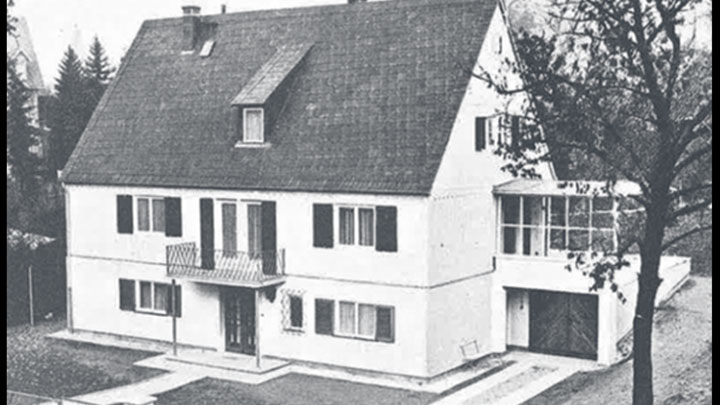
Prefabricated steel houses
In 1946, the company began manufacturing prefabricated steel houses to help address the lack of housing after the Second World War.
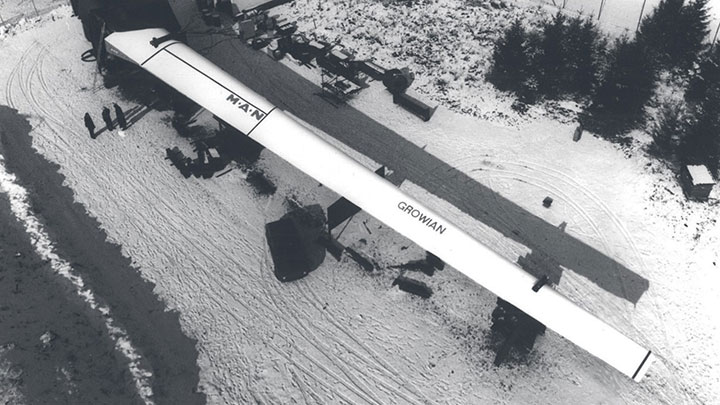
Wind turbine
The company was already experimenting with wind turbines back then in the GROWIAN project.

Building a candy machine
In 1958, the company built a candy machine, which was still being used by a family of showmen until just a few years ago.
Everllence today
Moving big things to zero with our technologies
We offer a portfolio of pioneering future technologies that help fight climate change while presenting significant market potential and business success. With our know-how, expertise and leading edge in each of these technologies, we are well-equipped to provide sustainable solutions to the current climate challenges.
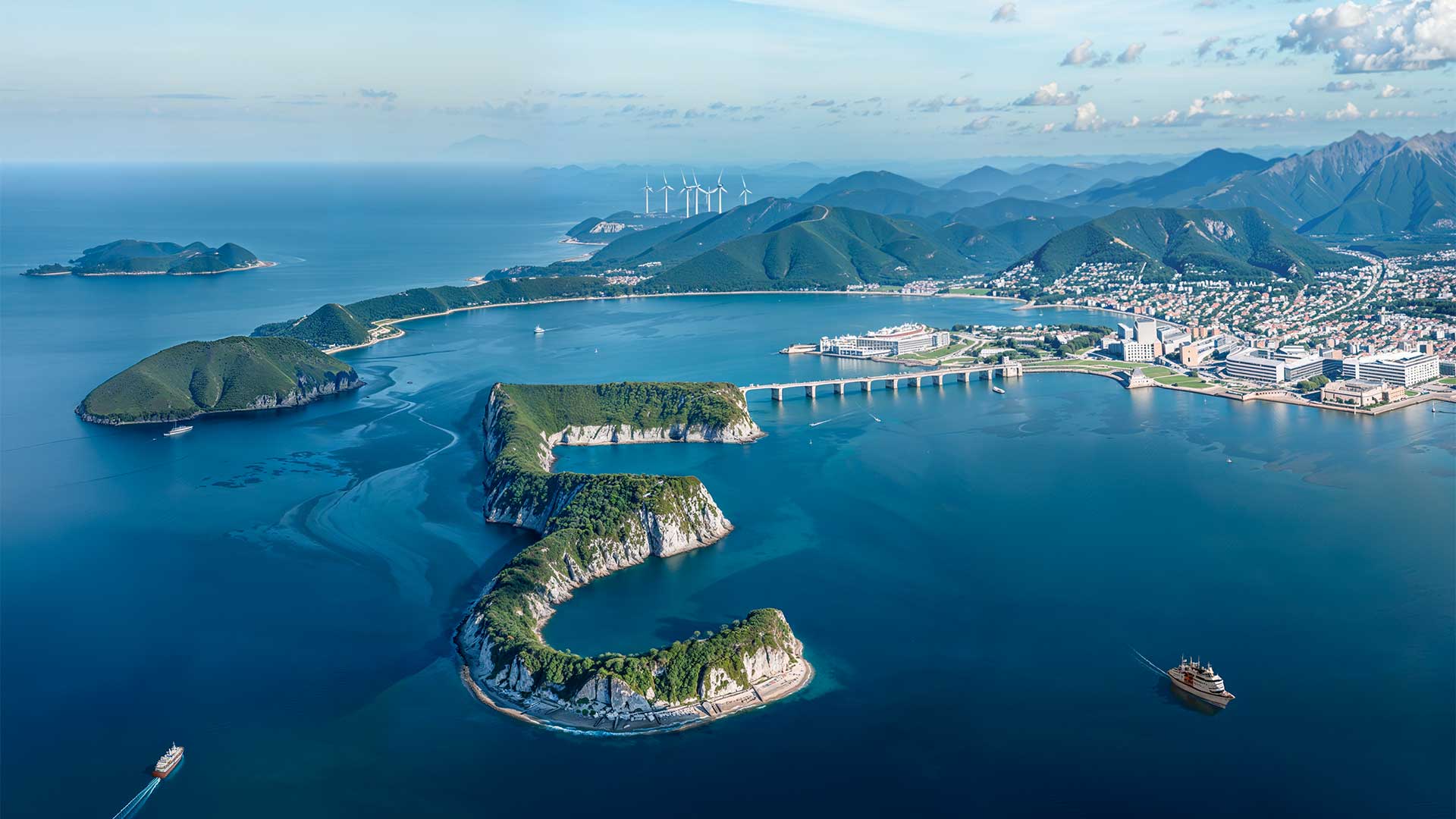
Our MAN Museum in Augsburg
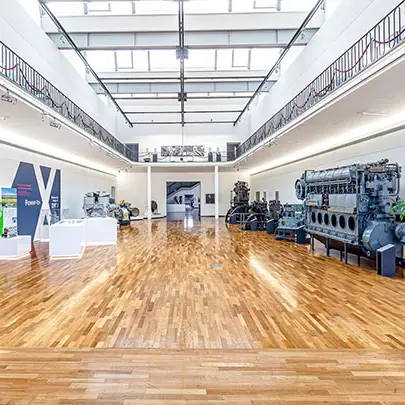
Historisches Archiv

Address
Everllence SE
Heinrich-von-Buz-Str. 28
86153 Augsburg
t +49 821 322-3366
t +49 821 322-4373
